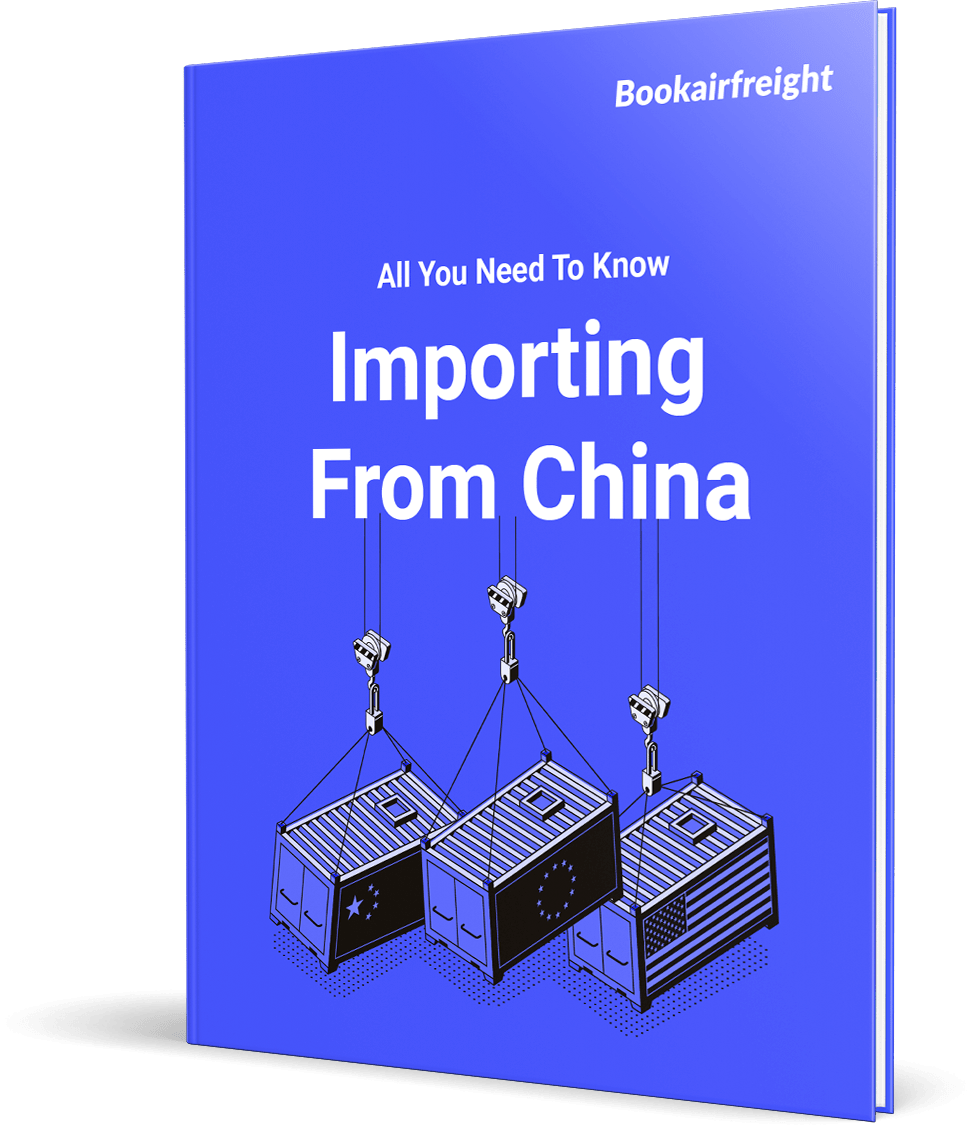What is Import Duty?
Customs Duty paid in the importing country is called Import Duty. It is a tax applicable to goods entering the importing country, and it is collected by the customs authorities.
In the country of destination, the buyer pays import duties .
Who pays for the Import Duty?
DDP means the sender pays; DDU means the receiver pays.
How do you calculate your Import Duty?
Import Duty = Total Declared Value x Tariff Rate
How do you find your Tariff Rate?
How to Calculate Import Duty in 3 Simple Steps
Step 1: Find HS code
Using the US HS code Tool , you can find the HS code for cotton t-shirts, which is 6109.10.04
Step 2: Locate the tariff rate in the table's header.
For cotton t-shirts, the tariff duty rate is 16.5%

Step 3: Calculate your Import Duty
To calculate it you can use the following formula:
Import Duty = Total Declared Value * Tariff Rate
= US$ 10,000 * 16.5% = US$ 1,650.
😕“Tax and Duty included” vs “Tax and Duty NOT Included”. What is the difference between tax and duty?
Duty is a subcategory of tax, a type of tax. Essentially, you’re paying two types of taxes.
“Duty” refers to the charges you need to pay based on the tariff rates of the imported goods.
Why does the government charge taxes and duties?
There are plenty of reasons:
• It is a form of revenue for the government
• In order to protect local businesses by encouraging everyone to source locally
• To control the flow of certain goods
What is Export Duty?
Customs duty paid in the export country is called export duty.
It is a tax applicable to goods leaving the exporting country, and it is collected by the customs authorities.
Does every country have Export Tax?
Nowadays, export taxes are rare. They only apply to certain products such as agricultural, mineral, or petroleum products, and they differ from country to country.
For example, if you are exporting from China, export taxes are only applicable to semi-manufactured goods such as steel, engines or plywood.
Who pays the Export Duty?
The seller is responsible for making this payment.
How to Calculate Export Duty in 3 Simple Steps
Step 1: Figure out the high-level product type
Export duties are usually applied to very specific types of products - for example, in China this could be polyester or safety pins.
Step 2: Find a country-specific resource for export duties
This is going to be country-specific, but for China here is an example
Step 3: Calculate your export duty
For example, bamboo carvings have a 13% export tax, meaning for US$10,000 worth of goods the seller pays US$ 13,000. Please note that once goods are sold for Chinese-manufactured products, this tax is rebated back to the seller. This may vary depending on the country of origin.
Still have questions?
Xero has put together a fantastic VAT guide . If you still have any more questions, don't hesitate to contact us at hello@bookairfreight.com !
Logistics nerd and resident marketing guy of Bookairfreight. I love writing content that simplifies old-fashioned industry processes and provides solid, accurate information you can base your decisions on. Outside of logistics, I enjoy nature, hanging out with friends, electronic music and spirituality.
































%20banner_%E7%94%BB%E6%9D%BF%201.png)





.png)
































